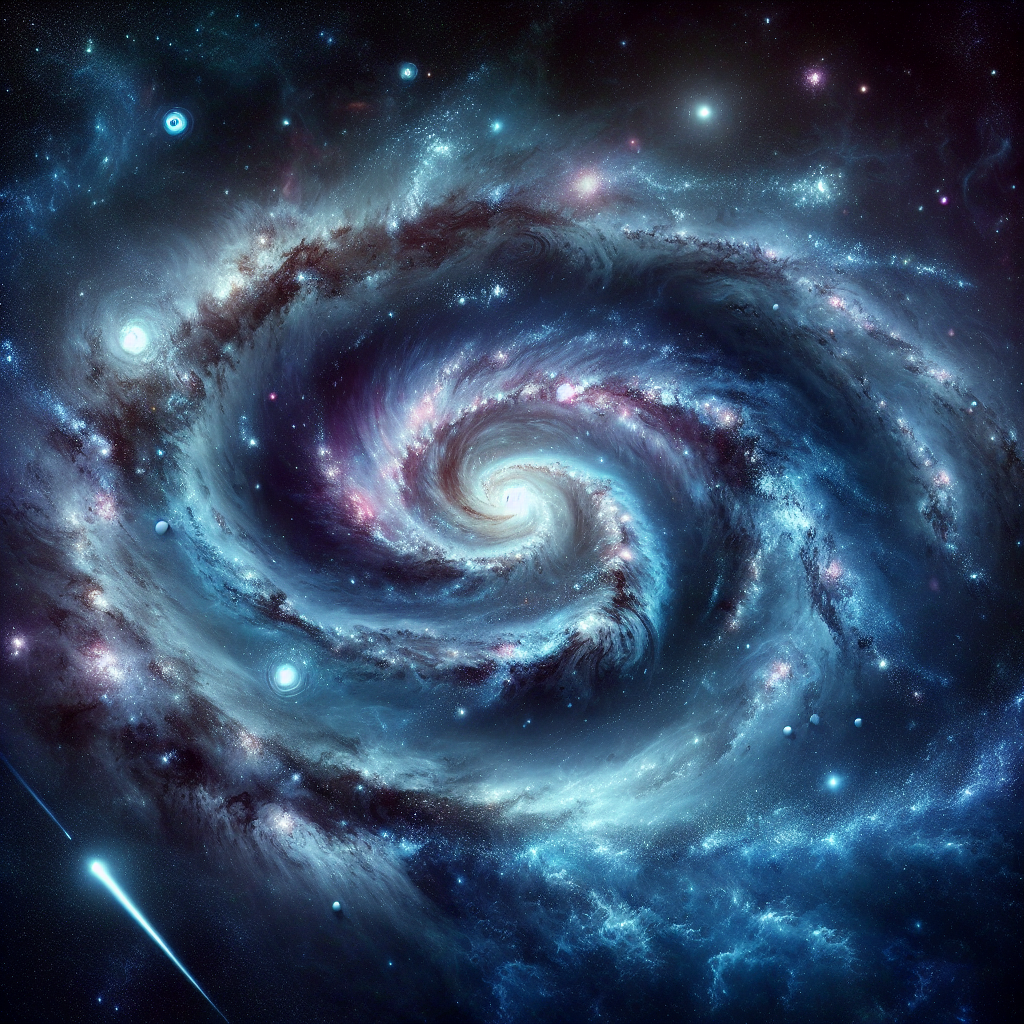Ancient Galaxy Discovery Challenges Understanding of Cosmic Evolution
Scientists have identified an ancient galaxy, JADES-GS-z13-1, using the James Webb Space Telescope. This galaxy provides evidence that the universe's transition from its 'dark ages' occurred earlier than previously thought. The study suggests JADES-GS-z13-1 contains a powerful ultraviolet radiation source, indicating an unexpectedly early start to cosmic reionization.

In a groundbreaking discovery, scientists using the James Webb Space Telescope have pinpointed an ancient, distant galaxy that challenges previous timelines of the universe's evolution. The galaxy, named JADES-GS-z13-1, exists approximately 330 million years post-Big Bang, reshaping the understanding of the transition phase known as the 'epoch of reionization.'
This critical phase marks the universe's shift from opacity in ultraviolet radiation to transparency. The findings indicate that reionization may have started sooner, driven by vigorous star formation or an active supermassive black hole, now captured in unprecedented detail by the Webb telescope.
Previously, it was believed this transition phase culminated nearly a billion years post-Big Bang. However, signs of a large bubble of ionized hydrogen surrounding JADES-GS-z13-1 suggest an earlier initiation, offering fresh insights into cosmic dawn and raising pivotal questions in cosmology.
(With inputs from agencies.)










